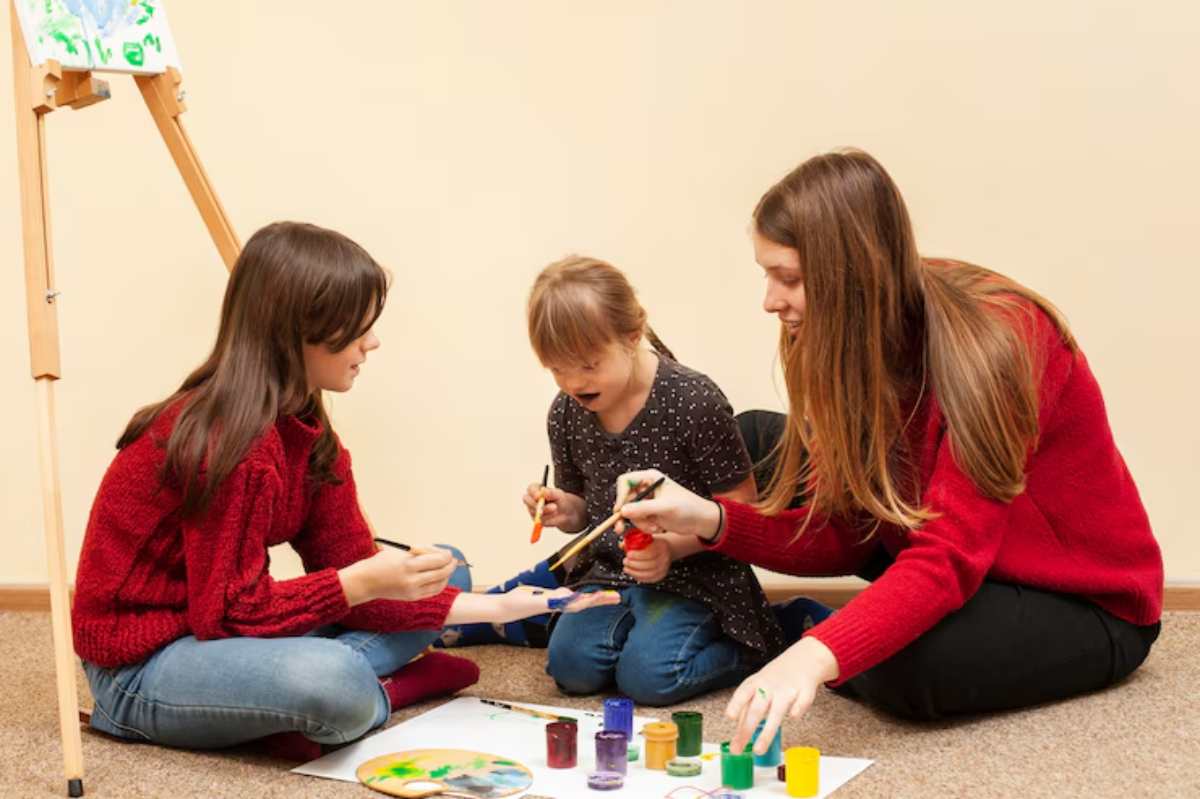
How to Support Your Child’s Unique Learning Style
Each child acquires knowledge in their own way. This is why it is important to know how your child learns. Learn how to modify your level of assistance to suit your child’s learning style so that they can thrive. This approach helps students grow academically. It considers how they learn best, whether through hands-on experience, visual aids, or discussion.
It boosts academic performance and builds confidence. With the right strategies, it also fosters a lifelong love for learning.
Understanding the Core
Supporting your child’s learning style starts with understanding what learning styles are and how they manifest. The most common categories include:
Visual Learners

These children learn best through images, diagrams, and visual representations. They often have a good sense of direction and prefer charts over written instructions.
Auditory Learners
Auditory learners retain information best through listening. They enjoy lectures, music, and discussions and often benefit from reading out loud.
Kinesthetic Learners
These learners grasp concepts by doing. They like hands-on activities. They often find it hard to learn from lectures or reading.
Reading/Writing Learners

These children favour reading and writing as their primary modes of learning. They excel at note-taking, journaling, and reading-based assignments.
Pro Tip: Observe how your child naturally engages with new tasks. Do they draw it out, talk it through, write it down, or try it themselves? This can help you identify their dominant learning style.
Quick Guide
Here’s a snapshot of how to support each learning style effectively:
- Visual: Use colour-coded notes, charts, and visual timelines.
- Auditory: Incorporate educational podcasts, discussions, and reading aloud.
- Kinesthetic: Integrate movement-based activities and hands-on experiments.
- Reading/Writing: Provide plenty of books, worksheets, and journaling opportunities.
Step-by-Step Guide
Step 1: Identify Your Child’s Learning Style
Start by paying attention to how your child interacts with their environment and responds to learning tasks. Do they enjoy drawing, listening, moving around, or reading? You can find online quizzes to identify learning styles. However, observing in real life is often more accurate.
Step 2: Create a Supportive Learning Environment

Once you’ve identified your child’s learning style, adapt their study space accordingly:
- For visual learners, include a whiteboard, colour-coded folders, and mind maps.
- For auditory learners, try background music, audiobooks, or verbal repetition tools.
- For kinesthetic learners, make space for movement. Use tools like blocks or flashcards.
- For reading/writing learners, organise a well-stocked reading corner and encourage daily journaling.
Step 3: Incorporate Learning Style Strategies Into Daily Routines
Supporting your child’s learning style doesn’t have to be limited to schoolwork. Use their preferred style in everyday activities:
- Ask auditory learners to explain daily tasks back to you.
- Invite visual learners to draw out their weekend plans.
- Get kinesthetic learners involved in hands-on chores.
- Offer reading/writing learners written instructions or encourage them to write to-do lists.
Important Tip: Rotate between different techniques occasionally. Even though your child may favour one style, blending methods can reinforce learning and prevent burnout.
Step 4: Communicate with Educators
Teachers play a critical role in your child’s academic journey. Share what you’ve observed at home with your child’s teacher and ask how they approach different learning styles in the classroom. Working together at home and school can build a steady and helpful learning space.
Step 5: Celebrate Progress, Not Perfection
Children flourish when they feel safe to learn at their own pace. Recognize effort and progress rather than perfection. Encouragement and positive reinforcement build confidence and promote a growth mindset.
Important Notes
- Be flexible: Learning styles are not rigid boxes. Children may evolve over time or use a combination of styles depending on the subject or task.
- Don’t over-label: While learning styles offer a helpful framework, avoid using them as strict categories. Stay open to what works best at any given time.
- Avoid comparison: Every child learns at their own pace. Comparing learning progress with siblings or peers can hinder confidence and motivation.
Best Practices and Additional Insights
Encourage Self-Awareness
As your child matures, guide them in understanding how they learn best. This helps them find resources and methods that match their learning styles. It builds independence and responsibility for their education.
Use Multi-Sensory Approaches
Focusing on one learning style can help. However, research shows that using a multi-sensory approach boosts retention and engagement. Combine audio, visual, and kinesthetic elements when possible.
For example:
- Have your child watch a video (visual), discuss it with you (auditory), and then act it out (kinesthetic).
Adapt as Needed
Life changes, and so do children. What worked one school year may need adjusting the next. Pay attention to your child’s changing needs. Transitions are important. They can happen when you move to a new school, change teachers, or face personal challenges.
Pro Tip: Keep a learning journal together. This can help both of you track what strategies work over time and highlight successes to build on.
FAQs
What if my child doesn’t fit one specific learning style?
That’s completely normal. Many children are “multimodal,” meaning they benefit from more than one learning approach. The goal is to offer a mix of strategies and observe what resonates most consistently.
Can learning styles change as a child grows?
Yes, learning preferences can evolve based on age, academic demands, and life experiences. Continue observing and adapting as your child matures.
Are schools equipped to handle different learning styles?
Some teachers know many ways to teach. However, not every classroom provides personalised instruction. That’s where parental support becomes especially valuable—to bridge any gaps and reinforce learning at home.
How do I support my child if their learning style clashes with my own?
It’s common for parents to default to what worked for them. The key is empathy. Focus on what benefits your child rather than what feels most intuitive to you. You can even learn new techniques together—it’s a bonding opportunity.
Helping Your Child Thrive Through Personalised Learning
Each child interacts with the world in their own unique way. When parents recognize and support their child’s learning style, it benefits homework. And it strengthens relationships at home, too.” Be aware and adaptable, and stay engaged. That kind of thinking helps your child succeed in school. It also fosters a lifelong love of learning.


